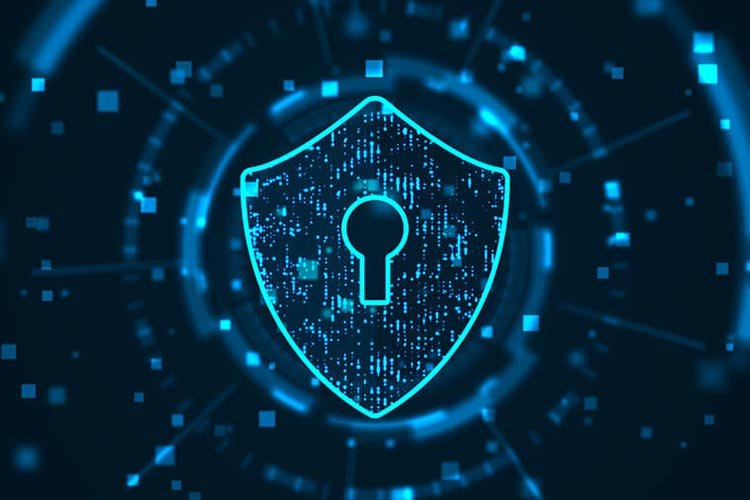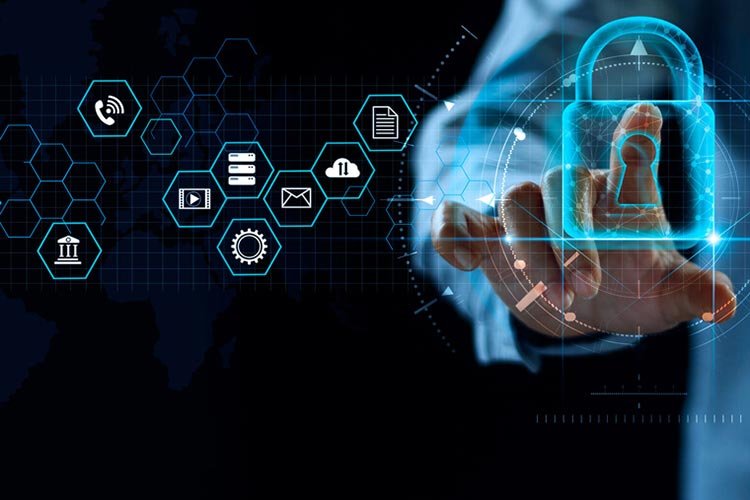
Secure Managed IT: A High‑Level Guide for Service Providers and SMBs
Secure managed IT combines proactive security engineering with ongoing operational services to protect business systems while enabling reliable IT delivery. The approach blends managed detection and response, posture management, patching, identity controls, and customer‑facing governance.
Core service pillars
- Managed Endpoint & Server Protection — EDR/XDR with centralized alerting, automated containment, and rolling remediation.
- Identity & Access Management — SSO, SCIM provisioning, role‑based access, and phishing‑resistant MFA for all admin and user access.
- Patch & Configuration Management — Automated patching, configuration baselines (CIS), and drift detection across devices and cloud workloads.
- Secure Networking — Managed VPN/ZTNA, firewall policy lifecycle, microsegmentation for critical assets, and DNS/web filtering.
- Backup & Recovery — Immutable, encrypted backups with regular restore testing and documented RTO/RPO.
- Managed Cloud Security — Continuous posture management, IaC scanning, policy enforcement, and secure configuration of cloud services.
- Vulnerability & Asset Management — Continuous discovery, prioritized vulnerability scanning, and remediation tracking tied to business risk.
- Security Operations & Incident Response — 24/7 monitoring, playbook‑driven triage, forensic readiness, and coordinated customer notifications.
- Third‑party & Supply‑chain Controls — Vetting, contractual SLAs, and telemetry integration for vendor services.
Service model and delivery best practices
- Offer tiered packages (baseline hygiene → advanced detection → full MDR + IR retainers) mapped to customer risk profiles.
- Define clear SLAs for detection, containment, patch cadence, and incident response times.
- Use multi‑tenant telemetry platforms with per‑customer tenancy and strong data segregation.
- Provide transparent reporting: executive summaries, security KPIs, and technical incident timelines.
- Embed onboarding playbooks: asset inventory, baseline hardening, agent deployment, and recovery validation.
- Maintain runbooks and automate common remediations to reduce MTTD/MTTR and operational load.
Pricing & commercial considerations
- Base fees for core monitoring + per‑endpoint/per‑workload licensing for agents and cloud connectors.
- Add‑ons for incident response retainers, red teaming, compliance audits, and project work (migrations, SOC tuning).
- Include clear breach‑response responsibilities and limits of liability in contracts; offer insurance advisory if needed.
KPIs to demonstrate value
- Mean time to detect (MTTD) and mean time to remediate (MTTR).
- Patch coverage and time‑to‑patch for critical vulnerabilities.
- Percentage of endpoints with up‑to‑date agents and telemetry.
- Backup success and restore-validation rates.
- Number of incidents resolved versus escalated and customer satisfaction (CSAT).
Onboarding checklist (first 30 days)
- Complete asset discovery and prioritize critical systems.
- Deploy EDR agents, enable centralized logging, and configure alert thresholds.
- Enforce MFA and onboard identity sources to SSO/SCIM.
- Apply baseline hardening and patch critical vulnerabilities.
- Configure backup schedules and execute an initial restore test.
Closing note
Secure managed IT is about combining repeatable engineering controls with strong operational practices and clear customer communication. For providers, focus on automation, measurable SLAs, and tight integration between detection, remediation, and recovery. For customers, choose suppliers who can demonstrate telemetry coverage, rapid response, and transparent evidence of continuous improvement.


